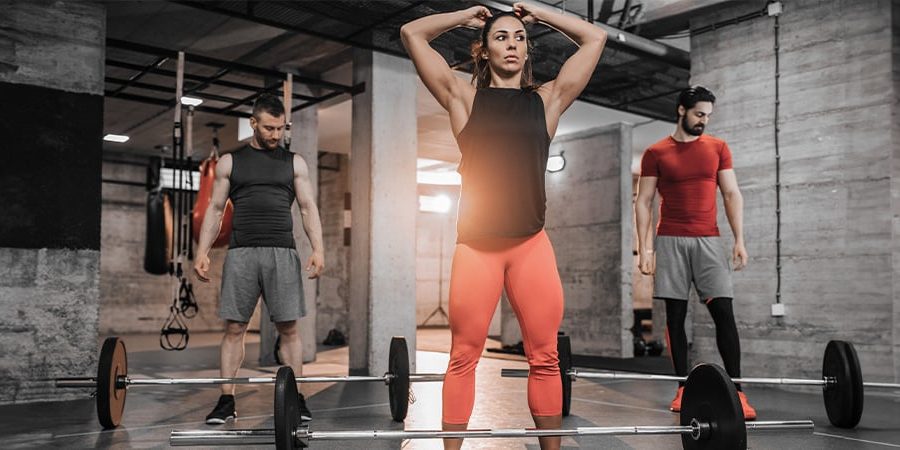Recent findings from a substantial study published in the Journal of the American College of Cardiology underscore the significance of tailoring physical activity programmes based on gender-specific physiological and biological differences. This article delves into these findings and discusses their practical applications. This analysis provides a foundation for fitness professionals to consider more deeply the gender-specific responses to physical activity and to tailor their training programmes accordingly, ensuring that all clients have the opportunity to achieve optimal health benefits from their exercise routines.
Study Analysis
The study examined how physical activity influences all-cause and cardiovascular mortality among men and women, revealing that gender plays a crucial role in the health benefits derived from exercise. Over 4.9 million person-years of follow-up data from 412,413 U.S. adults showed that while both men and women gain significant health benefits from regular physical activity, the extent and nature of these benefits vary significantly between genders.
Women, for instance, achieve a maximum survival benefit from about 140 minutes of moderate-to-vigorous physical activity (MVPA) per week, whereas men need about 300 minutes per week to gain similar benefits. Moreover, women continue to see benefits at increased levels of physical activity beyond these 140 minutes, which is not as pronounced in men.
These results are critical for fitness professionals who are tasked with developing gender-appropriate exercise programmes that not only cater to different fitness levels but also consider physiological differences that could affect health outcomes.

Practical Application in Exercise Programming
Gender-Specific Programming
For Women:
- Shorter, More Frequent Sessions: Given that women can achieve significant benefits from shorter durations of physical activity, fitness programmes designed for women could incorporate more frequent but shorter sessions. This can help in accommodating the physiological quick response to exercise, maximising benefits without the requirement for longer session times.
- Variety in Intensity: Incorporating a mix of moderate and vigorous activities could help in achieving the best health outcomes, as varied intensities cater to cardiovascular and muscle strengthening needs differently.
For Men:
- Extended Moderate Intensity Workouts: Men tend to require longer periods of physical activity to reap similar benefits. Thus, their training programmes might focus on longer durations of moderate intensity to optimise health benefits.
- Focus on Muscle Strengthening: Since men typically have more lean muscle mass and might benefit from more intensive muscle-strengthening exercises, incorporating regular, intense muscle-strengthening workouts can be particularly effective.
The study highlights a critical need for personalised exercise prescriptions that acknowledge and integrate the biological and physiological differences between genders. By understanding these nuances, fitness professionals can more effectively design exercise programmes that not only close the physical activity gender gap but also enhance health outcomes for their clients.
Reference
Hongwei Ji, Martha Gulati, Tzu Yu Huang, Alan C. Kwan, David Ouyang, Joseph E. Ebinger, Kaitlin Casaletto, Kerrie L. Moreau, Hicham Skali, Susan Cheng. Sex Differences in Association of Physical Activity With All-Cause and Cardiovascular Mortality. Journal of the American College of Cardiology, Volume 83, Issue 8, 2024. Click here to review the full research article
Tailor Your Programmes for Women
Unlock the potential to cater to a diverse client base with the TRAINFITNESS Specialist & Master Diplomas in Women’s Health and Exercise. Recent studies, such as the one published in the Journal of the American College of Cardiology, emphasise the significant differences in how men and women benefit from physical activity, highlighting the necessity for fitness professionals to tailor their programmes according to gender-specific needs. Our courses delve into these physiological and biological differences, equipping you with the knowledge to design effective, personalised exercise regimes. By understanding these critical distinctions, you can enhance health outcomes for all your clients and address the unique challenges and opportunities in women’s fitness. Explore our comprehensive training options here and start bridging the gender gap in physical fitness today.
Women’s Health & Exercise Specialist/Master – Distance Study, In-Person & Live-Virtual
